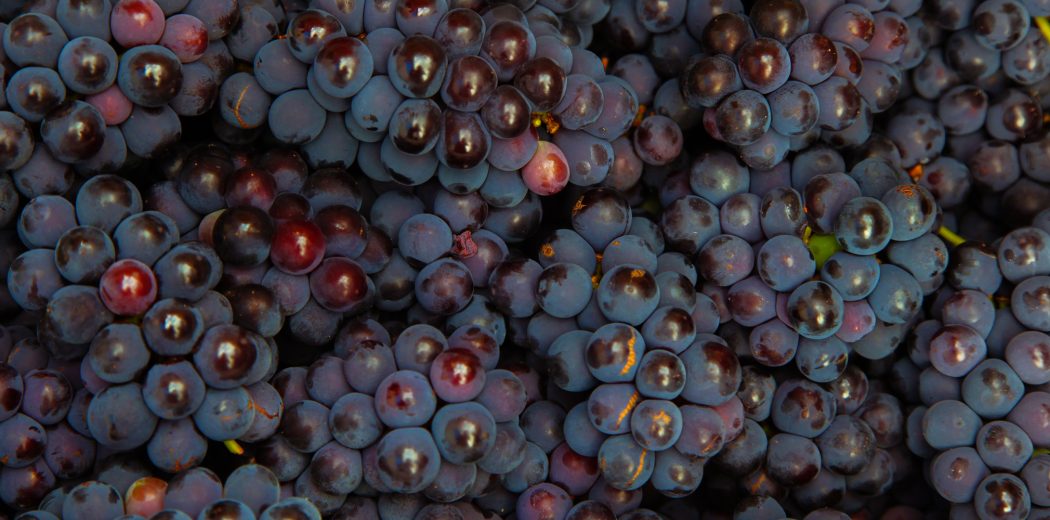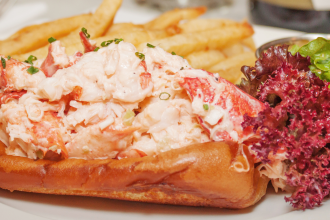Carignan (“care-in-yen”) goes by several names — Carignane in the US, Carignano in Italy and Cariñena and Mazuelo in Spain, but that’s not the reason it might sound unfamiliar. The dark grape was once a leading global wine variety until its spotlight was seized by Merlot. If it didn’t recede into obscurity, then it was at least knocked off the list of common household wines.
That hasn’t stopped it from dividing drinkers, however. Originating in Spain but now most prominent in southern France, Carignan has developed a reputation for being controversial, both because it can be difficult to produce and difficult to consume. Getting the grape from vine to bottle involves dealing with a late ripening season, the necessary warm climate that provides it and the patience to fight both powdery and downy mildew. Thick stalks pose challenges for machine harvesting. And once it gets to the glass, you’re facing something that can be tannic, acidic and bitter — you could even go as far as to call it “dull.” In the 1980s, the European Union was paying attention to the difficulties Carignan could pose, and it fell victim to a wine pull scheme where vineyards were offered subsidies if they ripped out their vines.
Why didn’t Carignan disappear earlier?
For one, it has a very high yield and can add some toughness to French and Spanish wines, including Rioja’s red blend, Syrah, and Grenache. For another, the harsh reputation generally stems from mass-produced, low-quality Carignan but when it’s good, it’s great. ‘Good’ in this case meaning done by someone who shows it a firm hand, keeping yields low so the vine’s energy can be directed toward a smaller amount of fruit and the grapes can be picked slightly earlier. With the right producer, it boasts notes of dark berries, citrus and Mediterranean herbs, while its full body is the perfect companion to red meat.
Bringing back Carignan glory
In recent years, the space devoted to Carignan has plummeted from its heyday in the 1960s, tumbling from 167,000 hectares in 1988 to 74,000 in 2006. However, for fans, this doesn’t have to be a bad thing. Mass producers are turning away from the grape while those devoted to showcasing its strengths have started working with old vines to bring the varietal back to its glory of so many decades ago, approaching them with care, dedication and the requisite toughness to tame the vine.
Though the grape is primarily Mediterranean and has a stronghold in France, particularly the Languedoc regions, it can now be found in places including Croatia, Cyprus, Morocco, South Africa, the United States, Mexico, Israel, Argentina and China. In Israel, it’s considered one of the backbones of the wine industry, and by the 1970s, accounted for 55 percent of plantings in the area.
Carignan is a bold, rustic wine that should earn a place at your dinner table, if at least only for the experience of trying it — just be sure to decant it for a good first impression.








